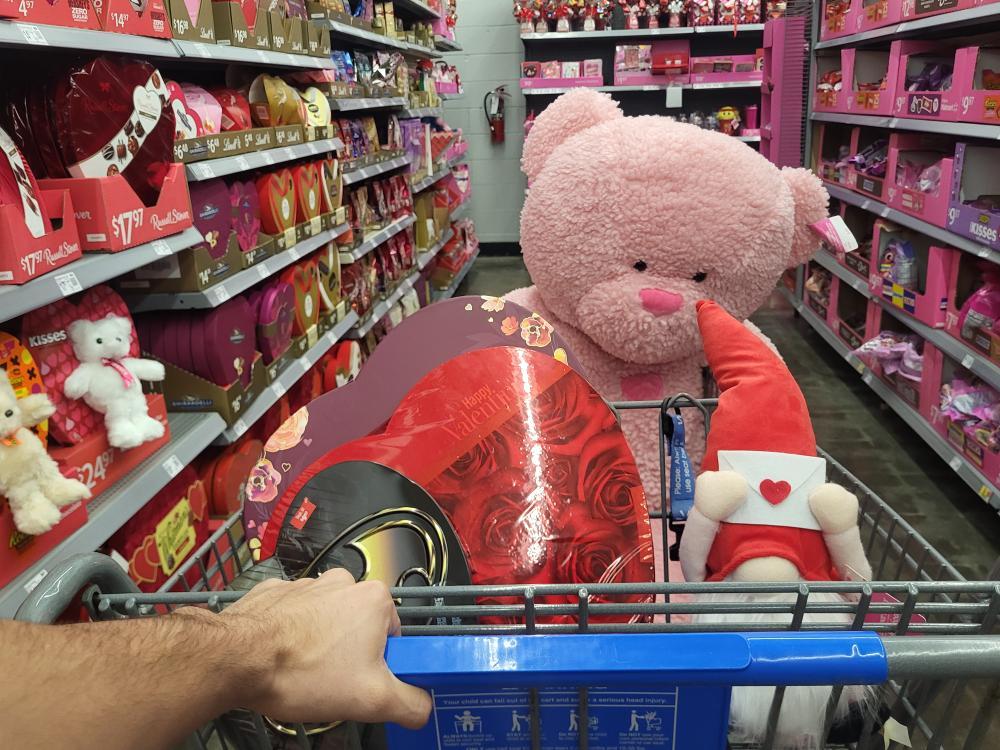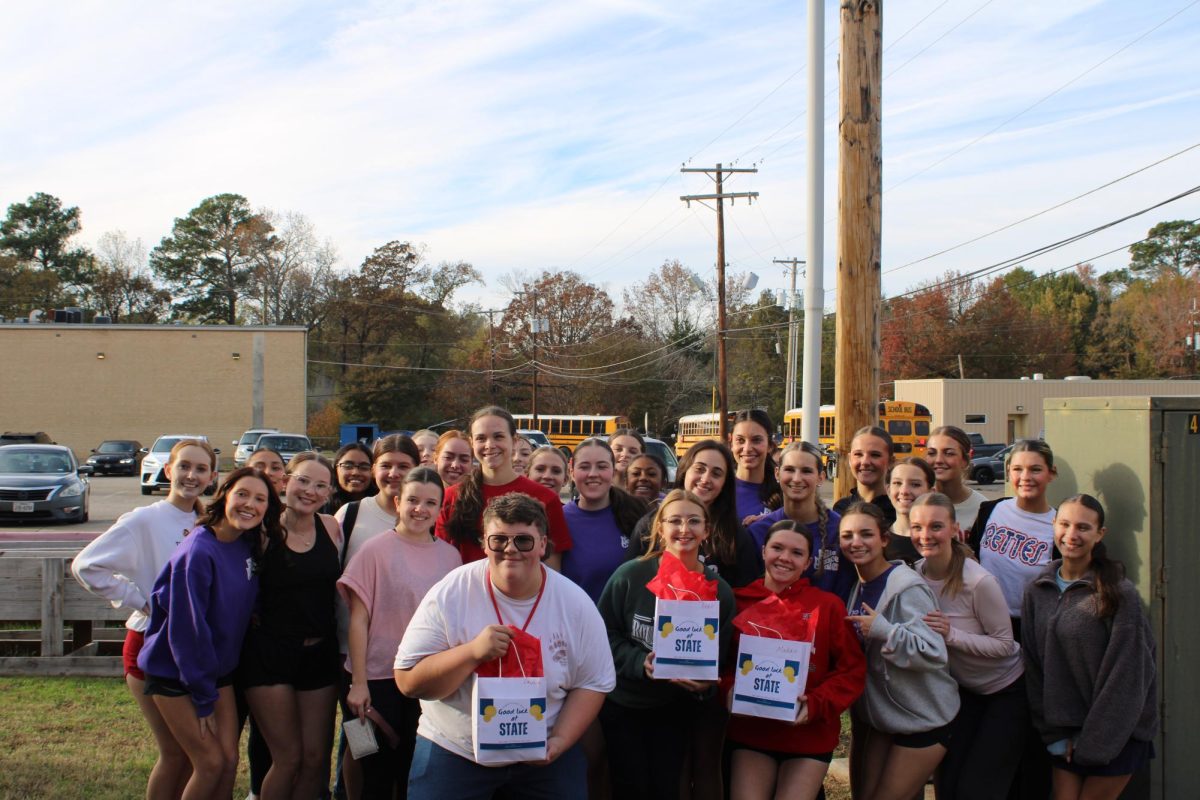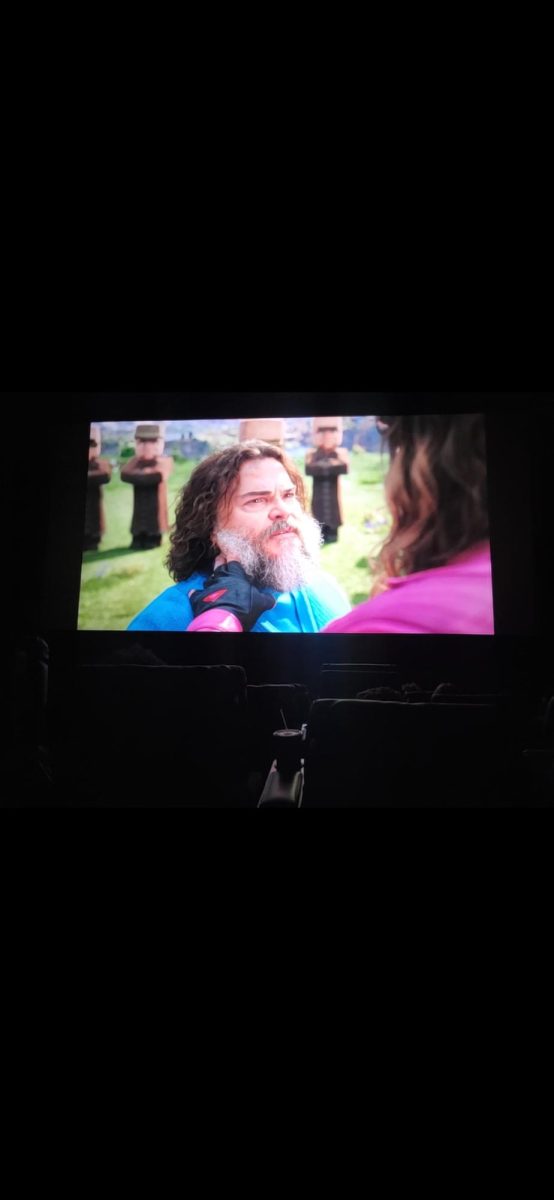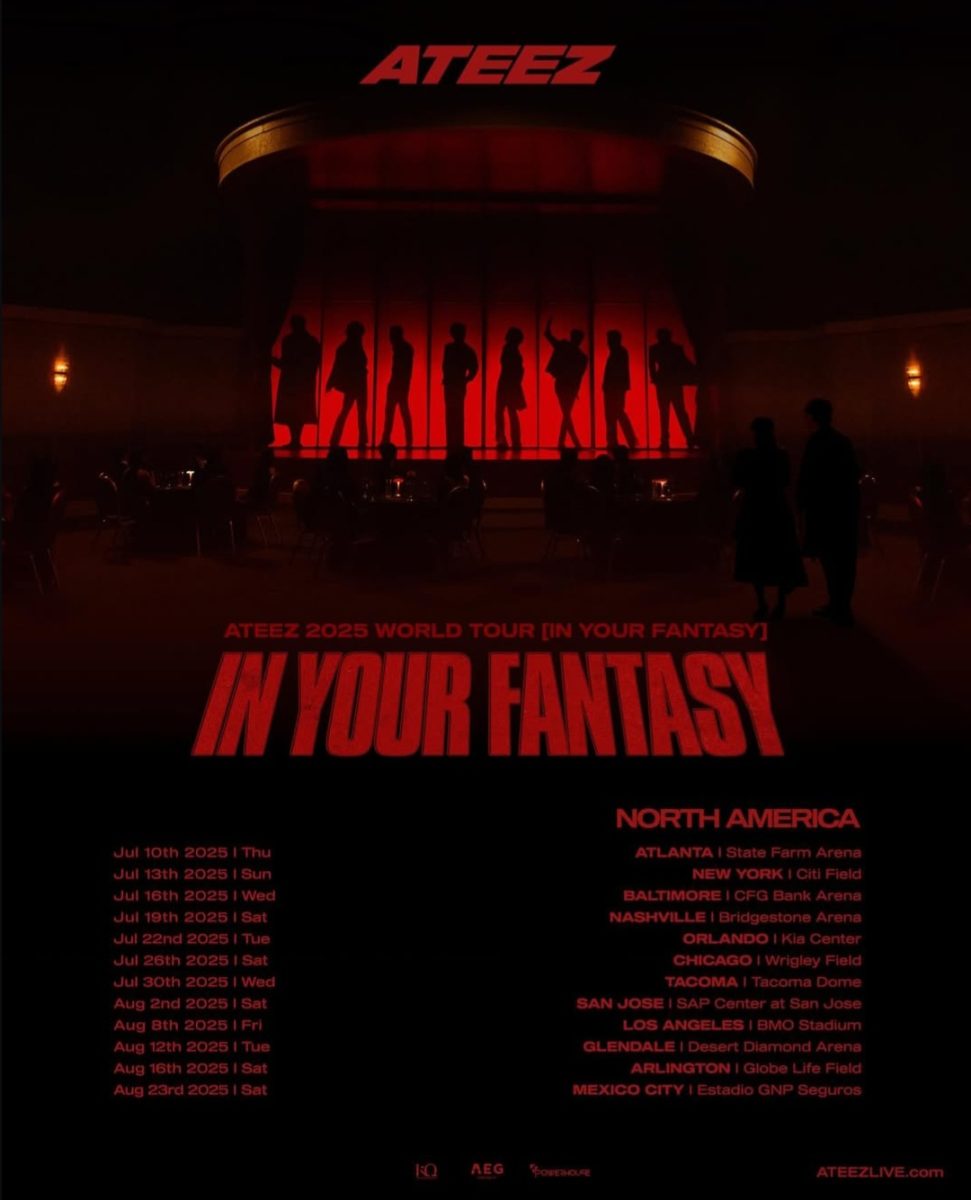February, the month of love. It’s tradition to shower the one you love with overpriced chocolates, roses and other gifts on Feb 14 every year. Traditions may vary by person but the point is to show you care about your love. People have been doing this for years. However, Valentines day hasn’t always been about chocolates, notes and flowers.
Valentine’s Day can be traced back to two Christian martyrs named Valentine, both executed in the 3rd century under the Roman Emperor Claudius II. Allegedly Valentine was a priest who defied the emperor’s ban on marriages. The emperor believed that men were better soldiers when they weren’t married and Valentine secretly married couples. For his treason, Valentine was executed. On the other hand, there is also the story that Valentine helped Christians escape Roman prisons and fell in love with a jailer’s daughter, sending her a letter signed “From your Valentine”. Creating the phrase that is commonly said today.
However the main contributor to why we even have Valentines day today is because of Christians and pagans. Like most holidays, with all the anti-christian ideas and celebrations going on in the world, the Christians sought to fix things. The merging of Valentine’s Day with the Roman festival of Lupercalia is widely accepted as a major contributor to valentines day. Lupercalia was a fertility festival held in mid-February that involved feasts, rituals, and matchmaking practices. The Catholic Church, in an attempt to replace this pagan festival, may have chosen February 14 as the date for Saint Valentine’s feast day.
As the years went on, the holiday became more about love rather than in memory of saint valentine. Shakespeare’s works certainly helped spread the idea of love. Valentine’s Day became more widely known as a day for expressing romantic affection during the Middle Ages in England and France.
Around the Middles ages, love notes/poems, letters, and later, cards, grew in popularity. The oldest known Valentine piece of writing was written in 1415 as a poem by Charles Duke of Orleans to his wife. However the most known example of a Valentine’s Day message from this period is from the 15th-century poem by Geoffrey Chaucer, in which he writes about birds mating on St. Valentine’s Day.
By the 18th and 19th centuries, Valentine’s Day became widely celebrated, and as industrialization grew, mass-produced cards became more common. In 1913, Hallmark started mass-producing valentines, which cemented the holiday as the gift-giving event we know today. and later down the line in the 19th century, chocolate became associated with Valentine’s Day, when it was marketed as a sweet, romantic gift.
Valentine’s Day today is a mix of various traditions, both Christian and pagan, along with some literary and cultural influences that helped form the holiday we know over time. If you still haven’t gotten anything for your Valentine yet, stop by the Art Club and buy a $2 love-O-Gram for the one you love.








